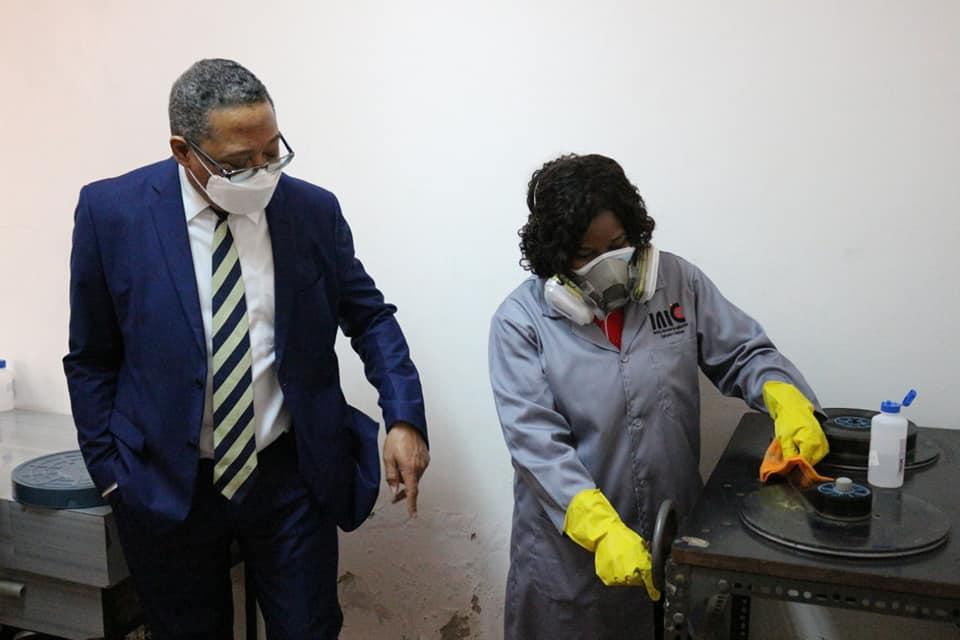Africa-Press – Mozambique. The Ambassador of the Republic of Cuba in Mozambique recently paid a courtesy visit to the headquarters of the National Institute of Cultural and Creative Industries (INICC.IP) in Maputo.
The visit was the result of the interaction between the INICC.IP and the Cuban Embassy in Mozambique, with a view to consolidating cooperation ties between Mozambique and Cuba, specifically in the cultural and creative industries sector.
During the visit, INICC Director General Ivan Bonde made a brief presentation concerning the institute, its main objectives and the reasons for its creation. He stressed that the visit took place at an opportune time, as the newly created institute was looking for partnerships which would contribute to the dynamisation and growth of the sector at country level.
Film Archives
Bonde said he considered culture an economic asset capable of generating employment and income – for the country as well as for cultural makers and managers. He hoped that future cooperation with Cuba would help operationalize the INICC in terms of issues related to the management and equipping of cultural artistic infrastructure, the management of its film archive, the management of integrated tourism and author copyright, the strengthening of legislation and the training of technicians, among others.
Finally, Bonde said he believed that a future partnership might also attract Cuban institutions interested in investing in the cultural sector in Mozambique.
In turn, ambassador of the Republic of Cuba in Mozambique, Pavel Orencio Diaz Hernandez , expressed satisfaction with the current development of the INICC. Nonetheless, he said, the challenges are many.
Pavel Diaz Hernández expressed willingness to cooperate with the institution through the exchange of experiences and search for partnerships in his country’s creative goods management sector, as well as in the strengthening and enrichment of cultural exchange.
The visit also afforded the Cuban ambassador the opportunity to visit the INICC’s Library and Film Archive and see up close the challenges that the institution faces regarding the preservation, conservation and maintenance of its film collection.






